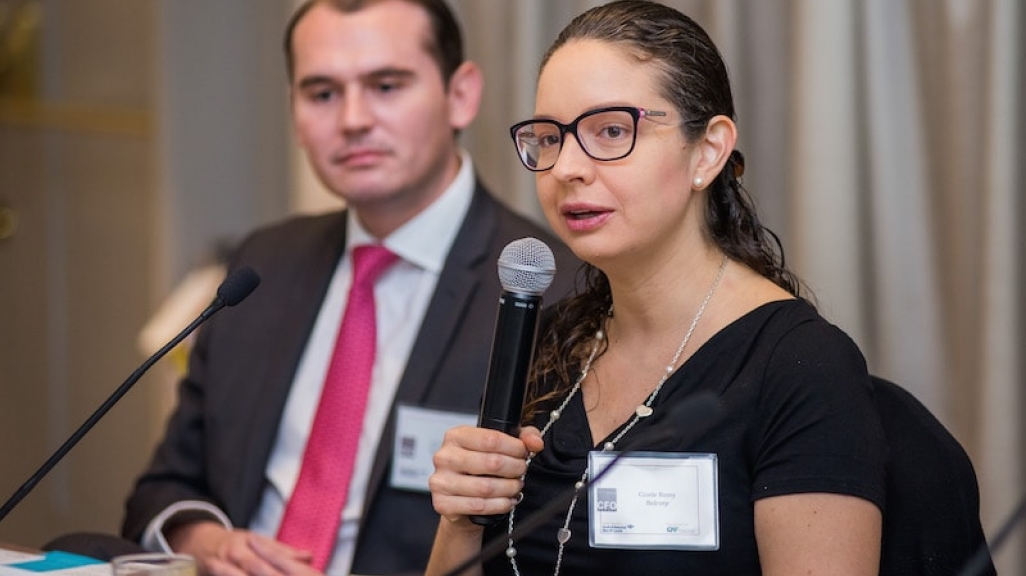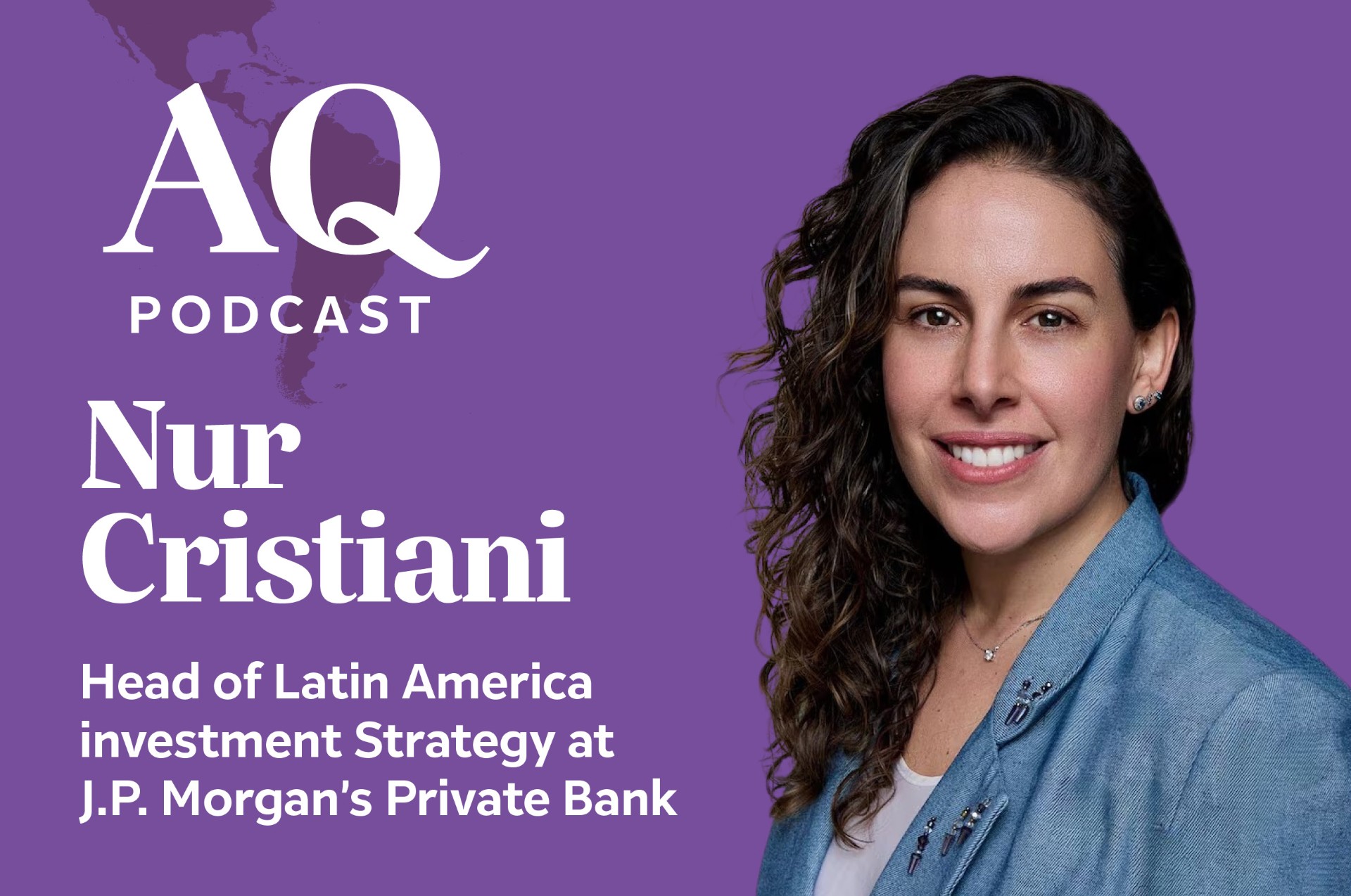Summary: CFO Forum in Lima
Summary: CFO Forum in Lima
Foreign exchnage management strategies will take precedent as a new U.S. president takes office, execs said.
Successful heads of finance in Latin America must closely follow technological developments, not only in the field of finance, but in their companies’ core business areas. They should also be ready to champion the implementation of environmentally sound business practices, as international and multilateral financial institutions gradually tighten their requirements on climate change. As if that wasn’t enough, the CFO’s agenda should also include building closer ties with her or his sales and commercial teams. These are some of the takeaways of the Council of the Americas CFO Forum in Lima, on November 16.
The meeting, held at the Belmond Miraflores Park Hotel, was the last of the 2016 series of conferences in eight Latin American cities, organized by Council of the Americas and sponsored by Bank of America Merril Lynch and CAF – Development Bank of Latin America. The Lima conference was additionally sponsored by the accounting firm Kaufman Rossin.
The new role of the CFO
A substantial part of the event was centered on discussing the role of the CFO as leader in corporate transformation.
Pedro Malo, CFO of Peru’s largest consumer goods firm, Alicorp, said that the financial function has gained appeal in recent years. Not many wanted to be part of the finance crews in the past, he said, as their job descriptions required unavoidable mundane dealings with accounting, volatility, and auditors. Nowadays though, he said, many envy the new roles of finance executives, who sit and even lead corporate strategy design teams.
CFOs have the skills to help design long-term plans and are often called in to do so, said Mali, as they tend to have “a more agnostic and impartial view in the strategy-building dialogue.” Oftentimes sales or operation executives have interests which might not serve the company well, for instance, funneling funds into low-return plans. The head of finance is in a more objective position to determine where to put operating expenses or capital expenditure moneys, since they’re technical, somewhat cold, risk/return portfolio allocation decisions. In other words, the finance team has transformed itself from being the hands of operational, record-keeping tasks, to the minds in coming up with strategic decisions.
CFOs are also required to have a precise view of the direction in which the business is heading, which gives their perspective an advantage. It’s difficult to do financial planning without a clear understanding of the business in three or five years’ time.
Esteban Diez, CFO of multinational oil company Pluspetrol Norte, agreed with Malo. “[CFOs] bring objectivity to project analysis,” Diez said. Project appraisal is at the heart of the financial manager’s duties, he said, and in his lifetime, he’s been involved in dozens of multimillion-dollar projects. He views the financial executive’s role as project facilitator, but also as gatekeeper. He finds that CFOs can, from their fairly impartial vantage point, freely point out project weaknesses that their sponsors might downplay or even avoid mentioning. They add reasoning beyond Excel, so to speak.
The new challenge for the finance executive is to be proactive, Diez said. To avoid their participation, other corporate actors might want to leave the financial team out or make them arrive late to important discussions.
Foreign exchange management
The second topic of discussion at the Council of the Americas CFO Forum was on how the recent U.S. elections introduced volatility to Latin American foreign exchange markets, which has heightened the interest in and value of holding a frank conversation about foreign exchange management.
Technology multinational IBM places a natural hedge on their operations, indexing local sales to the U.S. dollar. “We chose transactions over instruments,” said Eduardo Ramirez, CFO of IBM for Peru and Bolivia. As such, the usual metrics such as cash flow or DPO (days payable outstanding), still guide their financial operation, he said.
Peruvian cosmetic company Belcorp has a direct selling model in place in 15 countries in the Americas, said CFO Gisele Remy. That geographic dispersion gives the company a degree of diversification and risk contention, but also makes for a more complex operation, since, for instance, it manufactures in Colombia and consolidates its financial statements in Peru. The company’s strategy revolves around achieving a long-run match of its balance sheet, said Remy, which implies selling and contracting debt in local currencies and setting a long-term swap strategy.
Remy hedges the remaining exposure with an array of instruments, from basic forwards to collars. She said she makes sure that the cost of hedges are always considered in her budgets and discussed openly in top management meetings.
When hedging a strategy in detail, anticipation is critical to success. “You have to prepare yourself,” said Santiago Mangiante, CFO of Chilean retailer Cencosud in Peru. In 2012 Cencosud bought the Colombian operation of France’s Carrefour in a $2.5-billion deal that had to be paid in Euros. A company cannot execute and hedge such an operation with just one bank, and a single instrument. Mangiante spent most of his time prior to the acquisition getting Cencosud’s financials ready to withstand the new burdens imposed by large multi-currency credits. This case might be extreme for most companies in the region, but it serves as a reminder of the need to prepare thoroughly and budget.
This summary was prepared by Latin Trade.









